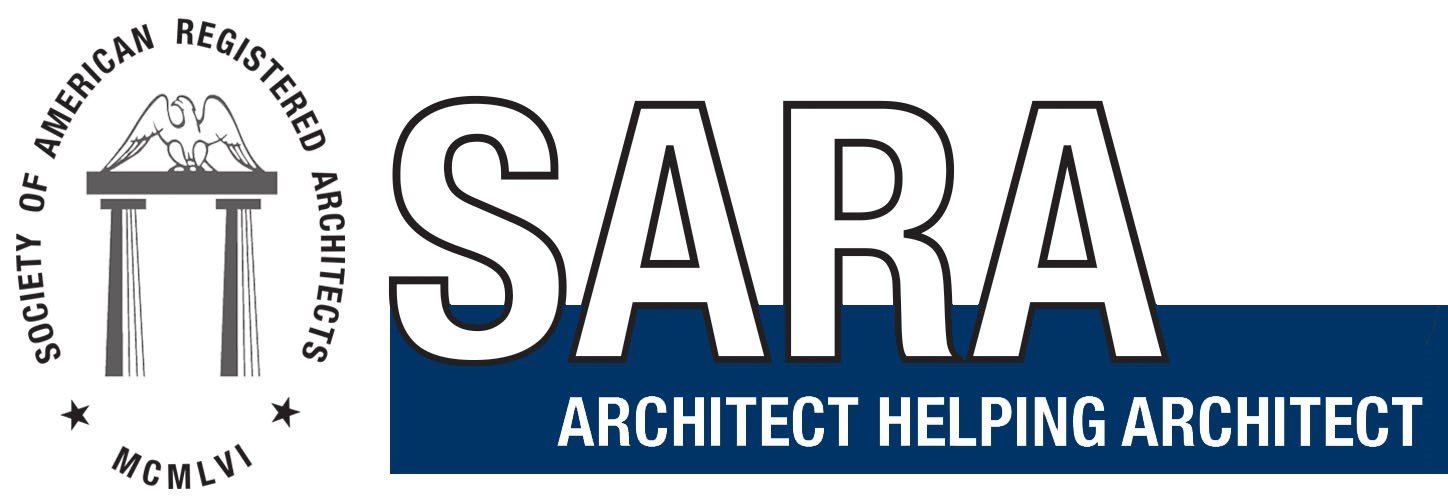1 ZNCD/HSW
ENERGY CONSERVATION AS A FIRST STEP TO REDUCING A BUILDING ENERGY NEEDS AND CARBON FOOTPRINT
Zero Net Carbon design is closely tied to Zero Net Energy design. Carbon emissions from buildings are associated directly to energy usage for heating, cooking, water heating, and power needed from renewable sources. Reducing the basic power demands of a building reduces the need for both renewable and nonrenewable sourced electrical power. In this Part 4 of our 5-part program we will see how energy conservation is fundamental to reducing the energy consumption in zero net energy design. This program will discuss various methods and considerations in building designs that can reduce energy demands through effective, energy saving design, as a first step to providing zero net carbon
Learning Objectives
1. How utilizing a comprehensive Integrated Design approach for energy conservation contributes to Zero Net Energy and Zero Net Carbon Design
2. Focus and analysis on climate-responsive design: making the most of what nature provides
3. Design considerations for effective use of daylight and natural ventilation.
4. Designing high performance building envelopes: walls, roofs and fenestration
5. Use of sensors to control loads based on occupancy, schedule and the availability of natural resources such as daylight or natural ventilation
Course Information
Length : 1 HR
Credits: 1 ZNCD/HSW
Course Number: ZNCD04
Course Delivery: Online
Course Level: Introductory
FREE FOR SARA MEMBERS. Not a member? Join us today! Membership dues help us further our mission of Architect Helping Architect by creating programs like this, offering scholarships, advocating for architects, hosting networking events, and recognizing excellence in our field!
Presenter Info:
Loren Aiton, SARA, NCARB, CASp, LEED AP BD&C

